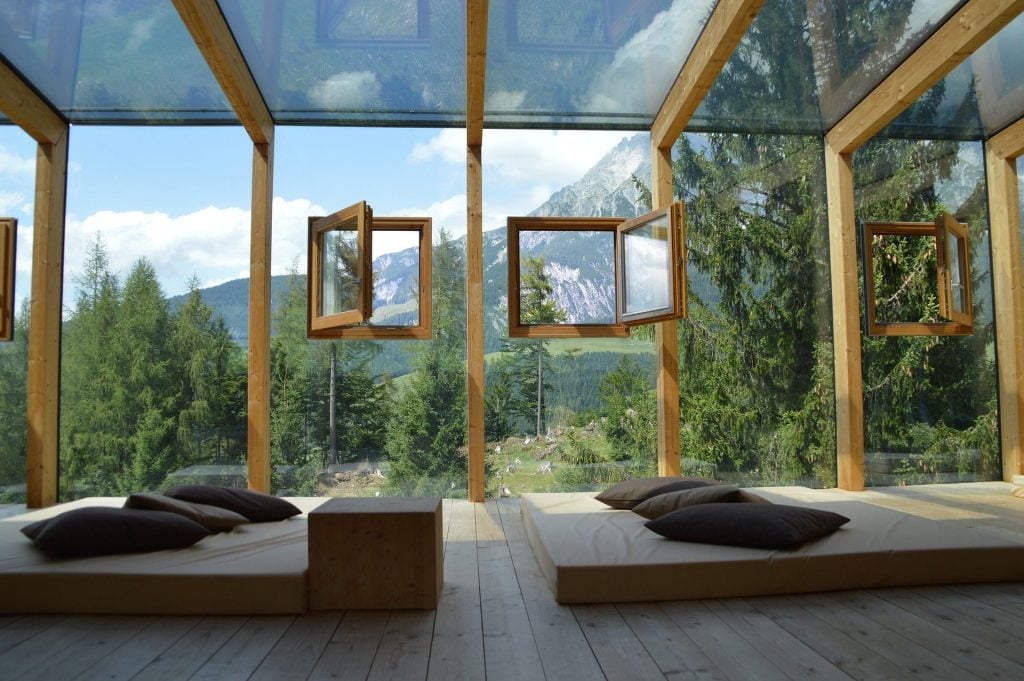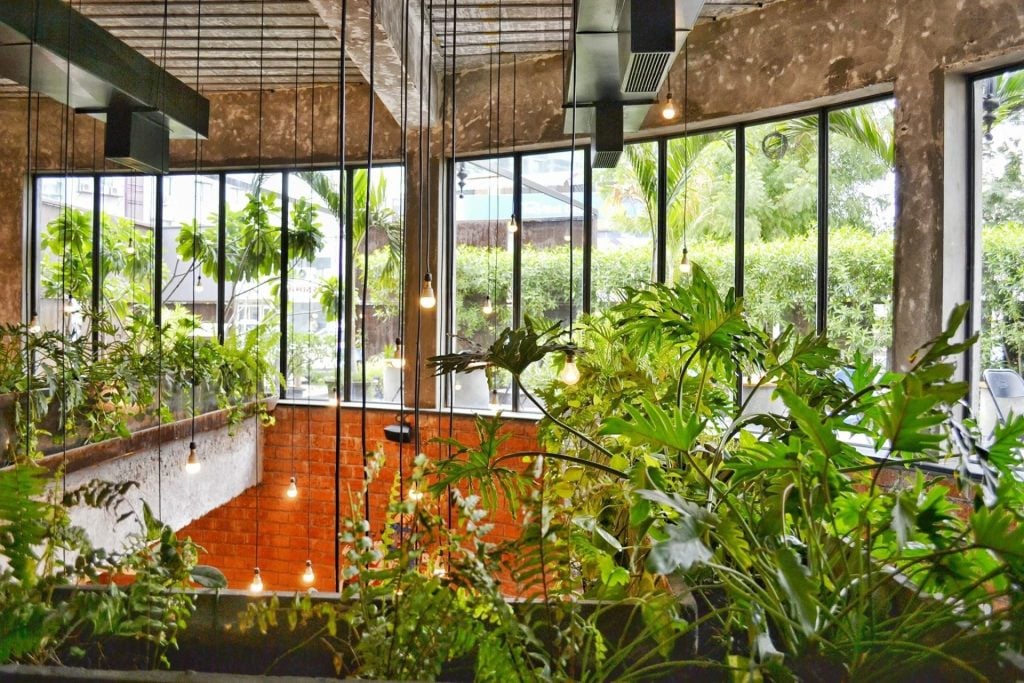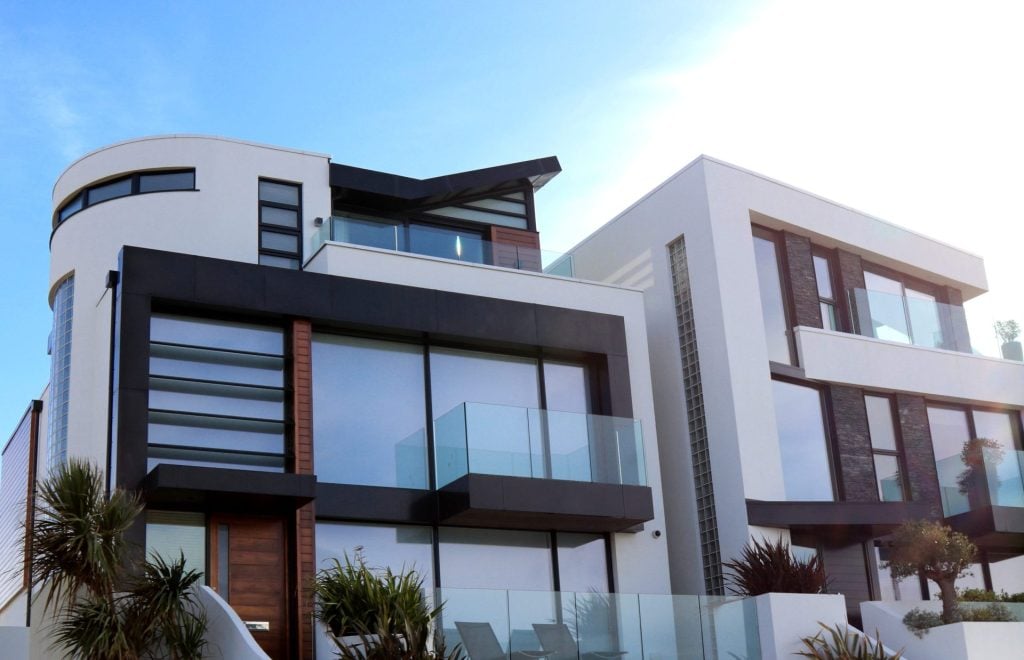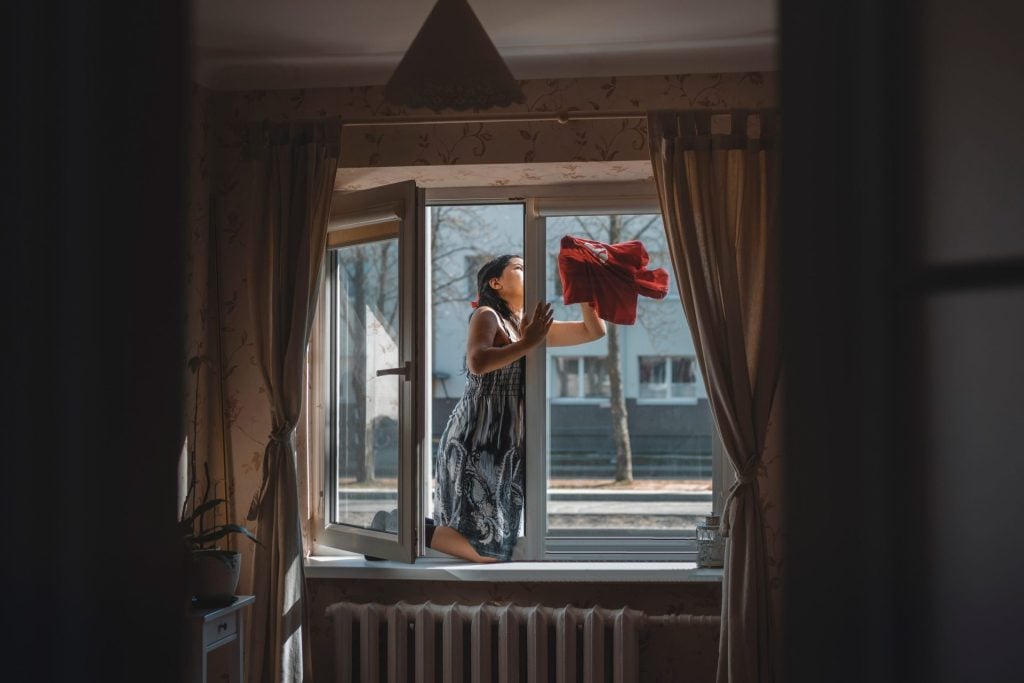BLOGS
Glass House Appeal In Luxury Real Estate: Why Are They Popular?
“Homeowners, architects, and design enthusiasts alike have taken notice of glass houses.”
Glass houses are a trend in luxury real estate that has caught the attention of both landlords and people who like architecture. These modern wonders have become a sign of elegance and sophistication in a short time. With their clear walls and clean lines, glass houses push the limits of modern living areas and offer a blend of nature and modernity that can’t be found anywhere else.
In this article, we will figure out what makes glass houses so appealing, including why they are so popular and how they enchant people who want to live in the height of luxury.
Why is the Glass House so famous?
Glass promotes the seamless integration of indoor and outdoor spaces, creating a sense of openness and expansiveness. With large windows, glass doors, or even entire glass walls, natural light floods the interior, making the space feel brighter, more inviting, and connected to the surrounding environment. This not only enhances the aesthetic appeal but also has a positive impact on the occupants’ well-being by improving mood, productivity, and overall comfort.
Glass house design allows for breathtaking views and a closer connection to nature. By strategically incorporating expansive windows or glass features, like floor-to-ceiling windows, homeowners can enjoy panoramic vistas, whether a picturesque landscape, a bustling cityscape, or a beautiful garden. This integration with nature fosters a sense of tranquility and brings a refreshing ambiance into the living space.

Furthermore, glass contributes to a modern and contemporary aesthetic that is highly sought after in interior design. Its sleek and minimalist appearance creates an air of sophistication and elegance, allowing for versatile and timeless design possibilities. It can be utilized in various forms, such as glass staircases, glass partitions, glass balustrades, or even glass flooring, adding a touch of modernity and visual interest to the overall design scheme.
Glass also enables the illusion of space in smaller or more confined areas. By incorporating glass elements, rooms can appear more spacious and open, creating an airy and expansive feel. This is particularly advantageous in urban environments where space is often limited, as glass helps to maximize natural light and create the perception of a larger living area.
Moreover, the advancements in glass technology have led to improved energy efficiency and insulation properties like low-emissivity (Low-E) glass, which helps regulate indoor temperatures by reducing heat transfer, thereby reducing energy consumption and utility costs. Additionally, sound-insulating glass can minimize noise pollution, contributing to a quieter and more serene home environment.
The growing focus on sustainability and eco-conscious living has propelled the use of glass in home design. Glass is a recyclable material and can be incorporated into eco-friendly building practices. Its transparency allows for optimal utilization of natural light, reducing the need for artificial lighting during the day and decreasing energy consumption. As sustainability becomes a more significant consideration in design choices, glass offers a viable solution for those seeking environmentally friendly homes.
The Advantages of Glass in Home or Building Construction
Glass houses are appealing because they can blend indoor and outdoor areas in a way that isn’t possible with other types of homes. This gives the people who live in them a unique connection to nature.
As the sun dances through the clear walls, it fills the rooms with natural light and creates a relaxing and energizing atmosphere. The uninterrupted panoramic views frame beautiful landscapes and cityscapes like works of art, creating an immersive experience beyond standard homes’ limits.
There are countless ways in which glass may improve our lives, as well as its ability to insulate us from the cold, shield us from the sun’s glare, muffle outside noise, and increase our sense of safety and security. It may also help achieve crucial economic and environmental targets.

Glass House Appeal #1: Heat insulation
Glass improves building performance without blocking light. Changing temperatures throughout the day, seasons, and climates make indoor comfort difficult. Thermal insulating glass lets light in and reflects heat back in, reducing the impact of frigid outside temperatures.
Double- or triple-glazed windows save energy. This makes a living or working more pleasant year-round and reduces cold spots, drafts, and dampness. You can choose from brilliantly translucent glass, allowing you to use larger windows to flood homes and offices with natural light. All boosting mood and productivity.
Glass House Appeal #2: Solar shield
Solar control glass lets in lots of light but reflects much of the sun’s heat. It reduces the summer “greenhouse effect” when rooms overheat and become uncomfortable. Solar control glass lets light in and reduces sun glare.
Solar control glass lets you construct with light in many colors and can be paired with laminated glass for safety and security.
Glass House Appeal #3: Reducing Noise
As cities grow and evolve, noise pollution may become a significant issue inside structures. Disrupted sleep, elevated stress, and an inability to focus at work are some of the negative effects of excessive noise on a person’s health and well-being. Eliminating unwanted noise makes homes and offices more livable and productive.
Glass House Appeal #4: Resistance to the elements and rusting
In contrast to any other material, glass can withstand the effects of water, wind, sun, and other environmental effects without suffering any degradation in its look or structural integrity.
Glass House Appeal #5: Enhances the building’s aesthetic value
Adding glass to a structure improves its aesthetic appeal and sophistication. Its glossy, smooth surface is perfect for displaying products in retail establishments.
The Disadvantages of Glass in Home or Building Construction
While glass in home or building construction offers numerous advantages, such as abundant natural light and a modern aesthetic, it also presents disadvantages, including higher energy costs, privacy concerns, and increased vulnerability to breakage or damage. Others are the following:
1. A glass is not suitable for a region prone to earthquakes.
2. The transparent nature of glass raises the security price for a building.
3. As a result of being formed of a very stiff and easily breakable material, glass shatters under force without requiring bending or fracturing.
4. Glass shards are extremely sharp and can cause serious injury.
5. Glass allows heat to pass through it; thus, it’s important to find a way to keep the heat in despite its low R-value.
6. In warm areas, glass is not a good choice because of its greenhouse effect.
7. Glare is a significant issue when designing a glass façade.

Cleaning Glass The Easy Way
Cleaning the windows in your home can be boring and repetitious, but it’s not as bad as other duties like scrubbing the toilet. All that careful spraying and wiping just to end up with a mess of streaks elevates the chore to a whole new level of irritation. To rub salt in the wound, they tend to show up only when the lights are just right, usually after the guests leave.
Thankfully, that isn’t how things have to be! As with many other housekeeping tasks, the right equipment makes all the difference when it comes to maintaining glass surfaces like windows, mirrors, and even coffee tables.
-
Go Distilled
Despite appearances, tap water quality can vary greatly. If you’re cleaning counters or floors, this doesn’t matter, but glass displays every flaw, so any contaminants will be obvious. Many individuals dilute glass cleaner with water, which can affect how well- cleaned glass surfaces seem. Hard water contains more dissolved minerals like magnesium and calcium, which will make your cleaner streaky.
-
Use Vinegar
Most pantries have vinegar, an essential component. It’s fantastic on salads and mirrors, and it’s cheap! All-natural appeals to green cleaners. Distilled white vinegar cleans finest. Non-toxic, antibacterial, and acidic, it’s safe for skin, pets, children, and all living things.
-
Minimize Suds
If you want to make a nice foam, soap is king. But if you don’t use suds right, they will leave ugly streaks on glass surfaces. If the job really needs a good clean, don’t put as much soap in the solution as you normally would.
-
Wipe with a microfiber cloth.
Take a clean microfiber cloth and wipe the glass in a circular or zigzag motion. Work systematically, starting from the top and working your way down. Apply gentle pressure to remove smudges, fingerprints, and grime.
After wiping the whole surface of the glass, you should inspect it for any residue or streaks that may have been left behind. If streaks are still visible after wiping the glass surface with a clean, dry microfiber towel, softly spritz the surface of the glass with water and repeat the wiping process.
What are the Benefits of a Glass House?
In modern buildings, glass houses have caught the attention of homeowners, architects, and people who love design. These architectural wonders, which have a lot of glass walls, have gotten a lot of attention for their ability to blend indoor and outdoor areas uniquely.
One of the foremost benefits of a glass house lies in its remarkable ability to invite abundant natural light into the living spaces. The transparency of the glass walls allows sunlight to flood the interior, creating an uplifting and rejuvenating ambiance. The play of light and shadows throughout the day adds a dynamic and ever-changing element to the living environment, enhancing the overall aesthetic appeal.

Beyond its radiant illumination, a glass house fosters a seamless integration with the surrounding natural environment. The transparent walls provide unobstructed panoramic views, offering an immersive experience where nature becomes an integral part of the interior design. Whether it’s lush green landscapes, cascading water features, or breathtaking city skylines, the glass house allows residents to connect with the beauty of their surroundings on a deeper level.
And speaking of living in beautiful surroundings, don’t you know you can find it in Forresta Villar Land? It is in the southern part of the city and is the site of a new mixed-use development influenced by nature.
Forresta, located in Villar City, Alabang, is a 118-hectare mixed-use development that features modern residences and hubs in tranquil, natural settings.
The eco-conscious mindset that permeates modern living has also propelled the popularity of glass houses. These architectural wonders embrace sustainability by harnessing the power of natural light and reducing the need for artificial lighting during the day. Their energy-efficient design and eco-friendly materials align with the growing desire to reduce carbon footprints and create a more harmonious relationship between humans and the environment.
In conclusion, the appeal of glass houses in luxury real estate transcends their striking aesthetics. They embody a harmonious blend of modern design, immersive natural surroundings, and sustainable living. With their ability to redefine traditional boundaries and provide a unique sensory experience, glass houses have captured discerning homeowners’ imaginations and continue to be sought-after symbols of luxury, elegance, and harmonious coexistence with nature.
Suggested Read: Sustainability In Glass Houses: Reducing Energy Costs In The Summer
Suggested Read: Pros And Cons Of Glass Houses For Summer Living
Suggested Read: Is Modern Glass House Design Worth Investing In
Suggested Read: Glass House Designs To Take Inspiration From
Suggested Read: Vertical Garden And Its Benefits
















